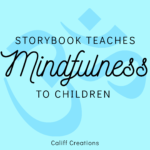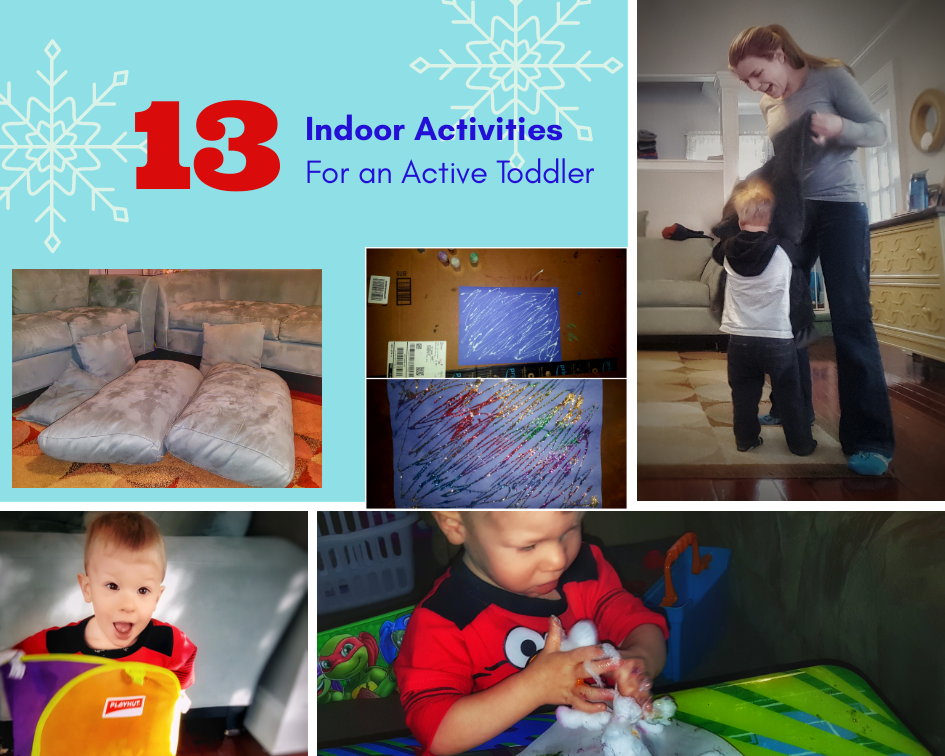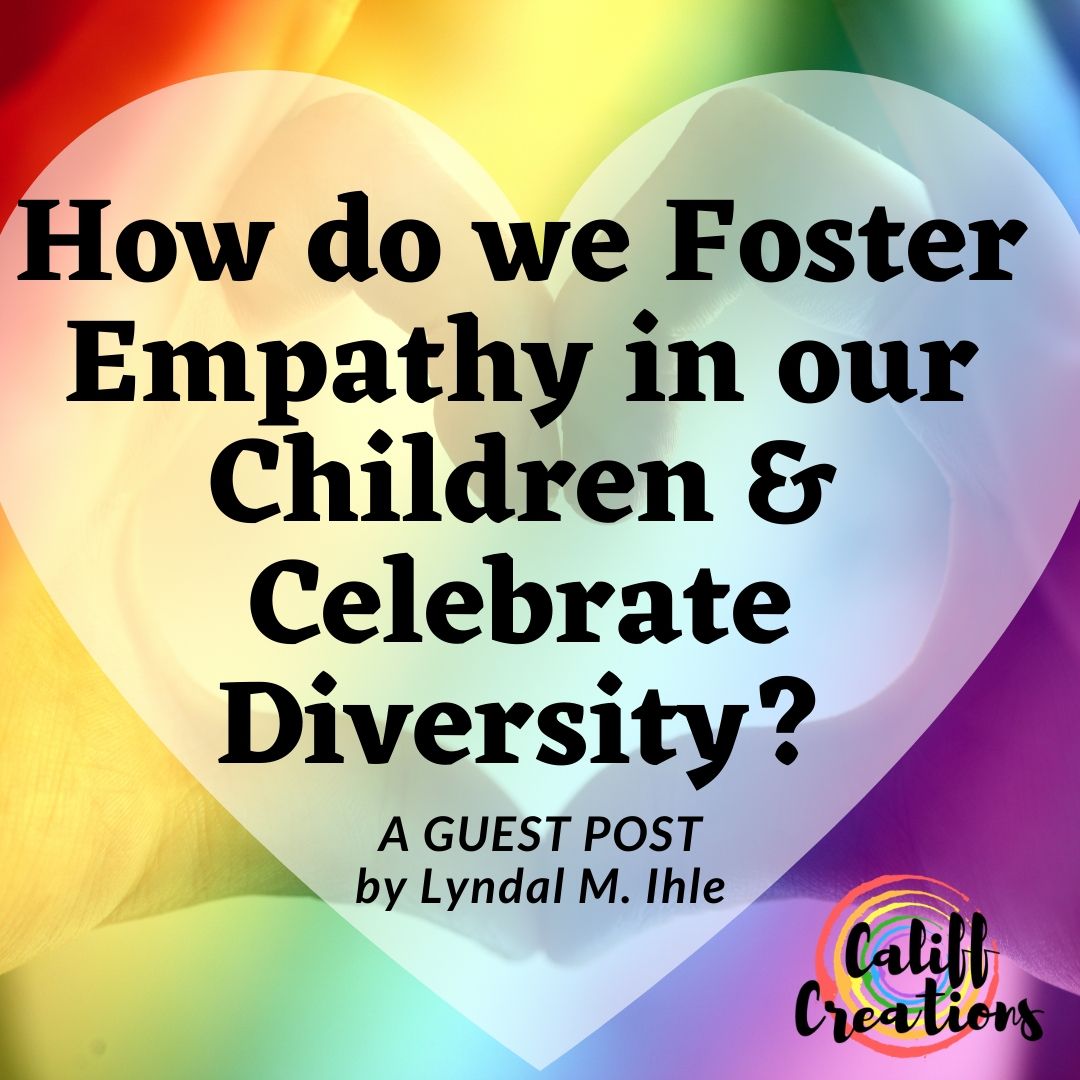
Empathy and Diversity: Teaching Children
Teaching kids empathy isn’t an easy task. That is why I was so happy to talk to Lyndal M. Ihle and host a guest post about fostering empathy in our children and celebrating diversity. These are important parts of raising kind kids and that is really important to me. Read on to hear Lyndal’s tips and learn about how her picture book helps to achieve these goals.
This post includes affiliate links. That means that if you purchase through these links that Califf Creations will receive compensation that is of no extra cost to you. This helps cover the costs of Califf Creations. You can read more on my disclaimer page.
How do we Foster Empathy in our Children & Celebrate Diversity?
These are important questions to ask ourselves as parents and teachers, especially with the recent racial unrest in the USA which has been watched closely and responded to worldwide. How do we get our children to stop and think about walking in some else’s shoes? To not only attempt to understand how someone else might be feeling, but to respond appropriately to it.
My children’s picture book A Rainbow of Fun is about a little pig called Penny who is different from the other pigs in her society because she likes rainbow colors and not just pink. It is a book about being different, being brave, and being yourself. It also has a Reflections & Activities section at the back of the book to encourage discussions about diversity, social inclusion, family connections, and building resilience and self-esteem.
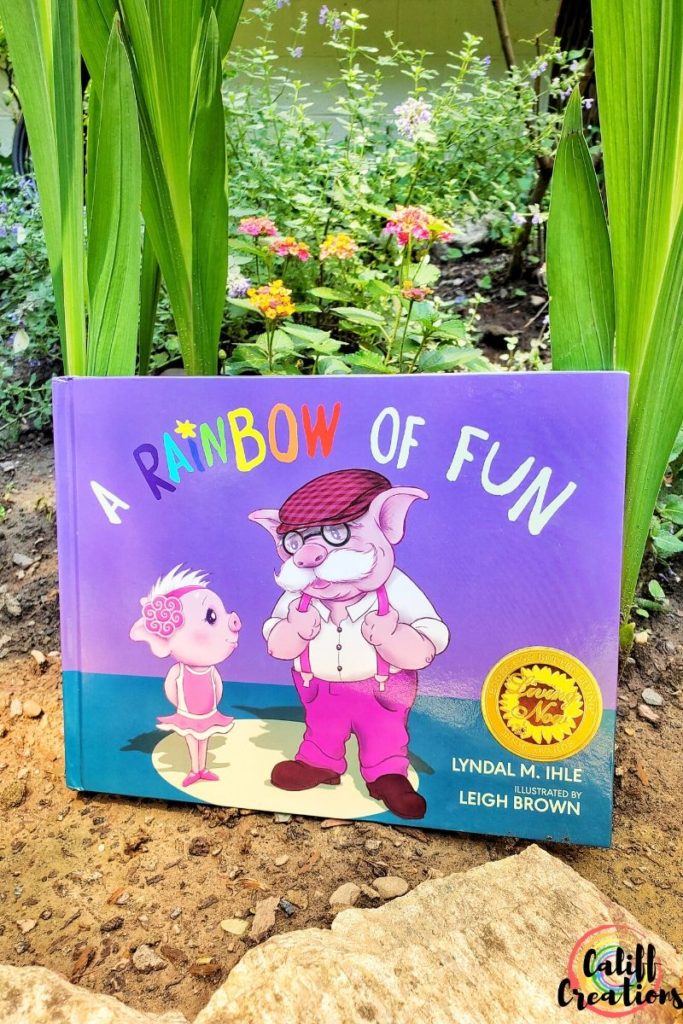
Identifying and Reflecting a Child’s Feelings
In her New York Times article “Empathy’s Natural, but Nurturing it Helps”, Jane E. Brody writes “by learning to identify and label their feelings, children are better able to recognize the feelings of others”.
This can start by having a simple poster of emotions on the wall (happy, sad, angry, scared, excited, etc). You can also make these pictures into small cards and take turns selecting a card and having to show this facial expression for the other/s to guess. You can paste these pictures on popsicle sticks and make them into puppets.
Reflecting on a child’s feelings is also important.
Something like “I can see you’re feeling a bit worried at the moment. Trying something new can be scary” or “I can see you’re having some big feelings at the moment. You feel frustrated because your toy won’t work properly”. Don’t dismiss their concerns or rush too quickly to find a solution. You can show them the picture of the emotion on your wall chart or they might like to draw how they are feeling or how it feels in their body (just outline a gingerbread man and they can color it according to how/where they feel).
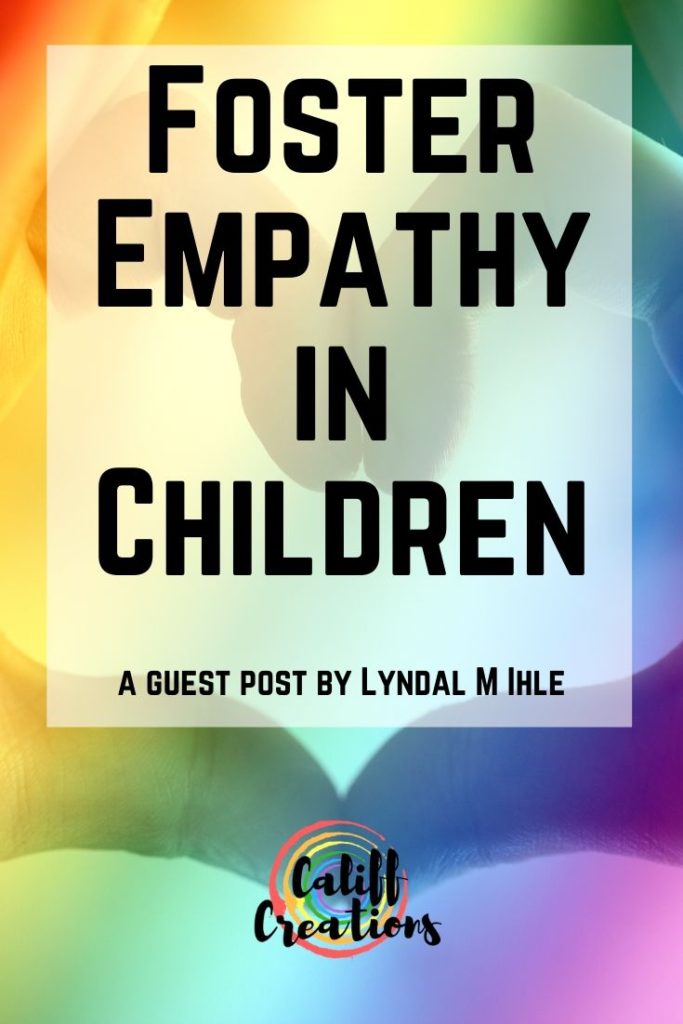
Use Everyday Opportunities
I find a little bit often and using everyday opportunities is better than giving a long talk about empathy and diversity. Firstly, if I gave my children a ‘class’ then they probably wouldn’t listen anyway (they don’t like Mom in the role of Teacher) so I find it better to get this learning in by utilizing everyday opportunities. That way I’m planting seeds without them even knowing it (sneaky aren’t I??!!)
If you’re reading a picture book, pause for a moment to ask: What are the expressions of the characters in the pictures? How is the main character feeling? Why? How are the other characters feeling? Why?
You can also do this in movies with children and teenagers, just take a couple of minutes to pause and think about how the character/s might be feeling in their circumstances: How would we feel if we were in those circumstances? Would we behave the same way, or not?
A great starting point for talking about feelings with older children is the Pixar movie “Inside Out” where a little girl has many different feelings, then ‘Sadness’ and ‘Joy’ get lost. You can talk about that we all have many feelings every day.
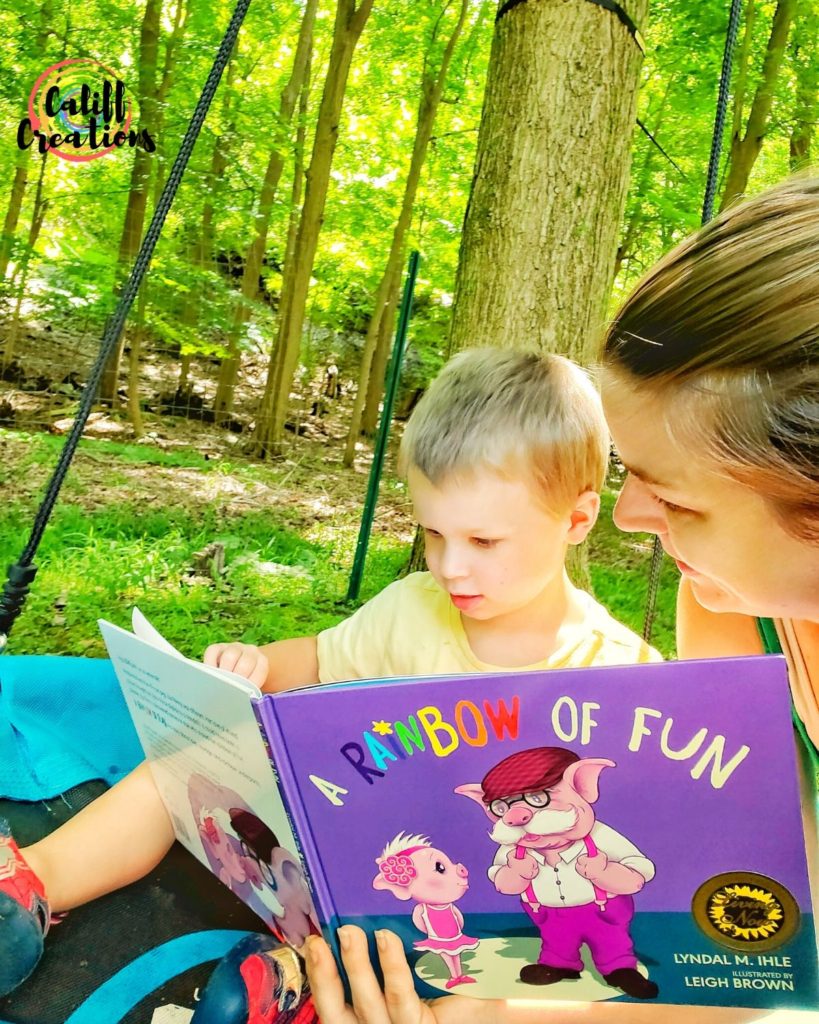
Teach Checking-In with Others
I know when we take our kids on a play date, we usually plop ourselves down for a coffee and a chat and hope the kids will entertain themselves with their friends for a while. However, (after the coffee of course!) we can be on the lookout for simple interactions that we can point out to our children.
Sometimes our kids are so engrossed in a friend’s new toy, for example, they may not notice that their friend wants to play something else with them. We can just pause and ask “Can you see your friend is feeling sad at the moment? He/she wants to connect with you, so what about choosing a game together that you’re both happy with?”
Again, sometimes when playing a game or sport, kids can be so engrossed that they keep on playing when someone is hurt or unhappy. You can help by pausing the game to say ‘one of our friends is hurt let’s check-in and see if they are okay’. Sometimes children might get defensive and say ‘It wasn’t me, they just fell over’ or ‘but it was an accident’. Here just reassure them that you know it was an accident (if this was the case) but we still always check-in with our friends if someone gets hurt.
It is also important to remember that empathy is not just when someone else is feeling sad or needing extra support but, also, recognizing when there is an achievement to be celebrated. It is journeying together. Walking side by side through life’s ups and downs.
Be Curious about Diversity
The good news is that we don’t have to have a Ph.D. to be curious. We can all do it and we learn most when we are curious. Model being curious about other people; their journeys, circumstances, and challenges. Have fun trying food from another culture and learn something new about this culture.
Talk about a friend with a particular illness or research a role model/sports star. They have often had to overcome significant challenges in their lives, such as Lionel Messi (my son is a soccer fan!)
Remind children that those who may be different from us (or are in different circumstances) still have feelings just like us, as well as many skills and strengths. When my children talk about their friends or classmates who ‘learn differently’ (they are on the Autism Spectrum) we often talk about their strengths. One is very creative and another has in-depth knowledge about bugs and insects.
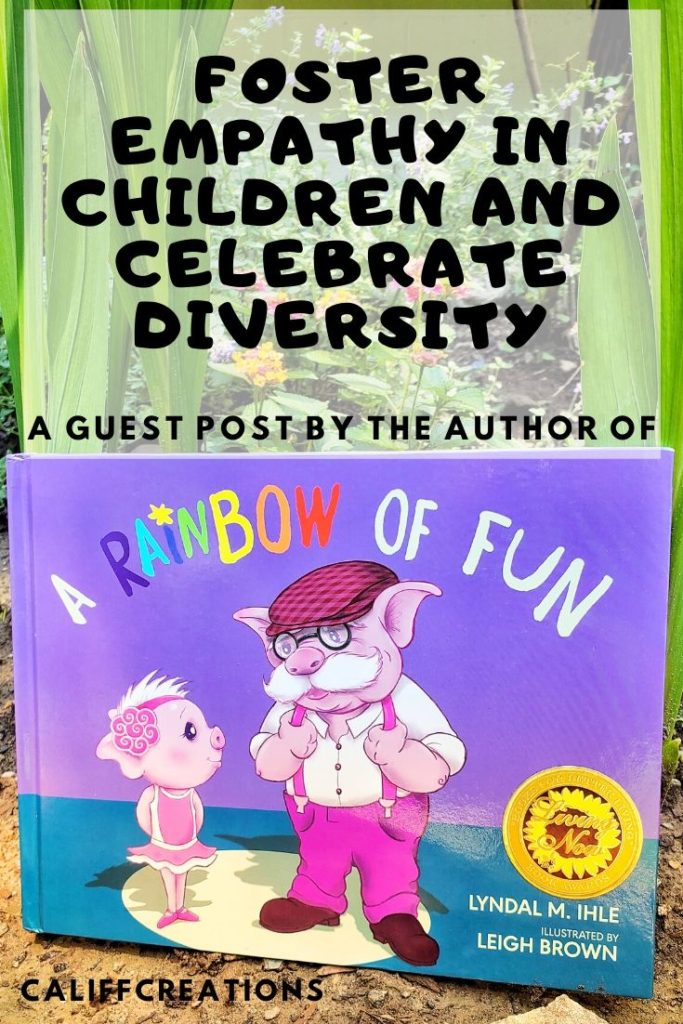
Tune In With Pets
Our family is fortunate to have a variety of pets including my therapy dog Ronaldo who works with me at a Primary School with children aged 5-12 years. He models acceptance and inclusion every day, in every way (unless you’re a cat trying to sniff his bone!)
He’s a sensitive soul so I often talk to my students as they brush him about making him feel safe. With my children, I sometimes need to remind them if they are being too noisy or overexcited with him, that it’s really important to make him feel safe at home.
If you don’t have your pets, you can use someone else’s or a friendly dog you meet at the park. Expand on the usual ‘be gentle’ with the animal to explaining that it’s important that WE make animals and other people feel safe. Teach children the cues for when a dog is feeling uncomfortable. What can we do to make them feel more comfortable?
Talk about how we can make others feel safe and welcome in our home and at school.
Play & More Play
Babies are constantly seeking to tune in with their parents and primary caregivers. This is why you might hear early childhood experts say, make lots of eye contact with your baby or play peekaboo with them. This is how babies learn about others, emotions, safety, and the world around them.
For toddlers and young children, play Hide & Seek and role play. Children will often naturally lead this play if you let them. Again, be CURIOUS. They might like to role play that they are naughty and you are ‘pretending’ to tell them off. You can swap this around and have them be the flabbergasted parent and you be the naughty child who won’t go to bed!
If you’re not used to role-playing and improvising, a fairy tale is a great place to start. Read a simple fairy tale together like the Three Bears and then swap around playing each role. How does Goldie Locks feel when she eats the warm porridge and finds a comfortable bed to sleep in? How does Baby Bear feel when she eats his porridge and sleeps in his bed without asking?
Gratitude & Mindfulness
When we take a moment to pause and reflect we can usually find something to be grateful for, even when our lives aren’t perfect or things aren’t exactly how we would like. This doesn’t have to take long, it can be a quick chat in the car or at dinner to reflect on one thing we are grateful for. You can Google the Skittles Gratitude Game which kids love! Who doesn’t like Skittles?!
When we discuss the things we are thankful for (and don’t forget the little things) this can then lead to conversations about how others are not as fortunate as us. Others may not be healthy or have warm homes or have the opportunity to go to school and learn.
Final Thoughts on Empathy…
In their article “How Children Develop Empathy” Erin and David Walsh write “empathetic responses emerge over time in the context of caring relationships, modeling, storytelling, communication, playing, emotion coaching, and a whole lot of patience”.
Remember, we are not going to get it right every time as parents, but so long as we get it right most of the time and try to plant the seeds that foster empathy, then we will be all raising a generation of emotionally aware young people. It is the most important and rewarding job we will ever do.
By Lyndal M. Ihle
Email: arainbowoffun@gmail.com
Facebook: A Rainbow of Fun
Lyndal M. Ihle is a School Chaplain, Creative Arts Counsellor and Children’s Author. She has an Advanced Diploma of Counselling in Therapeutic Arts, as well as a Bachelor of Arts in Literature & Media. Lyndal lives in Melbourne, Australia with her husband, two beautiful children aged 6 and 8, and their many furry and feathered friends.
Lyndal’s first picture book A Rainbow of Fun won GOLD in the USA Living Now Book Awards, Children’s Picture Book Category 2019. The Living Now Book Awards recognize exceptional life-changing books and their creators. A Rainbow of Fun is also currently being translated into Japanese to represent Australia in Children’s Literature at the Tokyo Olympics next year to help promote the values of the Olympics: diversity, inclusion, and harmony.
References
Brody, Jane E., Empathy’s Natural, but Nurturing it Helps, New York Times, 15 Feb 2010.
https://www.nytimes.com/2010/02/16/health/16brod.html
Walsh, Erin & David, How Children Develop Empathy, Psychology Today, 9 May 2019.
Resources
Emotions Wall Charts
https://www.pinterest.com.au/pin/526358275185601285/
https://www.pinterest.com.au/pin/398779741986611751/
Where Do I Feel? – Gingerbread Man Outline
https://www.therapistaid.com/therapy-worksheet/where-do-i-feel
Skittles Gratitude Game
https://www.pinterest.com.au/pin/264656915585481312/
Looking to tips to talk to your kids about racism? Learn more here.
Follow Me!

